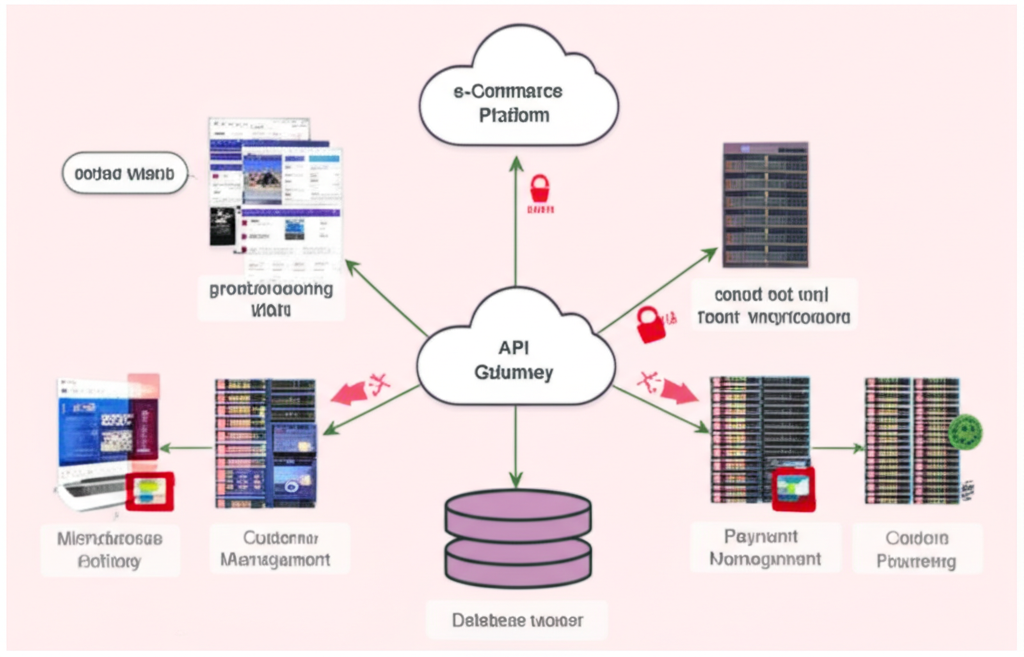Payment Platform Security Overhaul
The Challenge
A rapidly growing payment processor handling over $2 billion in annual transactions was facing significant security challenges:
- Increasing threats from sophisticated cyber attacks
- Stringent PCI DSS compliance requirements
- Performance bottlenecks caused by existing security measures
- Difficulty scaling security operations with business growth
The company needed to completely redesign their security architecture to meet the highest compliance standards while maintaining performance and supporting their growth trajectory.
Our Approach
We partnered with the payment processor to develop a comprehensive security overhaul strategy. Our approach included:
1. Security Assessment
We conducted a thorough security assessment, including penetration testing, threat modeling, and code reviews to identify vulnerabilities and security gaps in the existing system.
2. Zero Trust Architecture
We implemented a zero trust security model that requires verification for every access request regardless of source or location. This included:
- Identity-based access controls
- Micro-segmentation of network resources
- Least privilege access principles
- Continuous monitoring and validation
3. Encryption Enhancements
We upgraded the encryption protocols throughout the payment processing pipeline:
- End-to-end encryption for all transaction data
- Tokenization of sensitive payment information
- Hardware security modules (HSMs) for key management
- Post-quantum cryptography readiness
4. Security Automation
We implemented automated security processes to improve efficiency and response times:
- Automated threat detection and response
- Continuous compliance monitoring
- Security orchestration and automated remediation
- DevSecOps integration for secure CI/CD pipelines
The Results
The security architecture overhaul delivered significant benefits:
100%
PCI DSS compliance achievement
85%
Reduction in security incidents
30%
Improvement in transaction processing speed
60%
Reduction in time to detect and respond to threats
Beyond the metrics, the security overhaul enabled the payment processor to:
- Gain trust from enterprise clients with stringent security requirements
- Expand into new markets with different regulatory frameworks
- Scale their operations without compromising security
- Reduce operational overhead through automation
Conclusion
This case study demonstrates how a modern security architecture can be both highly secure and performance-optimized. By embracing zero trust principles, advanced encryption, and security automation, the payment processor was able to achieve the highest levels of compliance while improving performance and supporting business growth.
The security overhaul not only protected the company and its customers from evolving threats but also became a competitive advantage in the marketplace, allowing them to win business from security-conscious enterprise clients.


